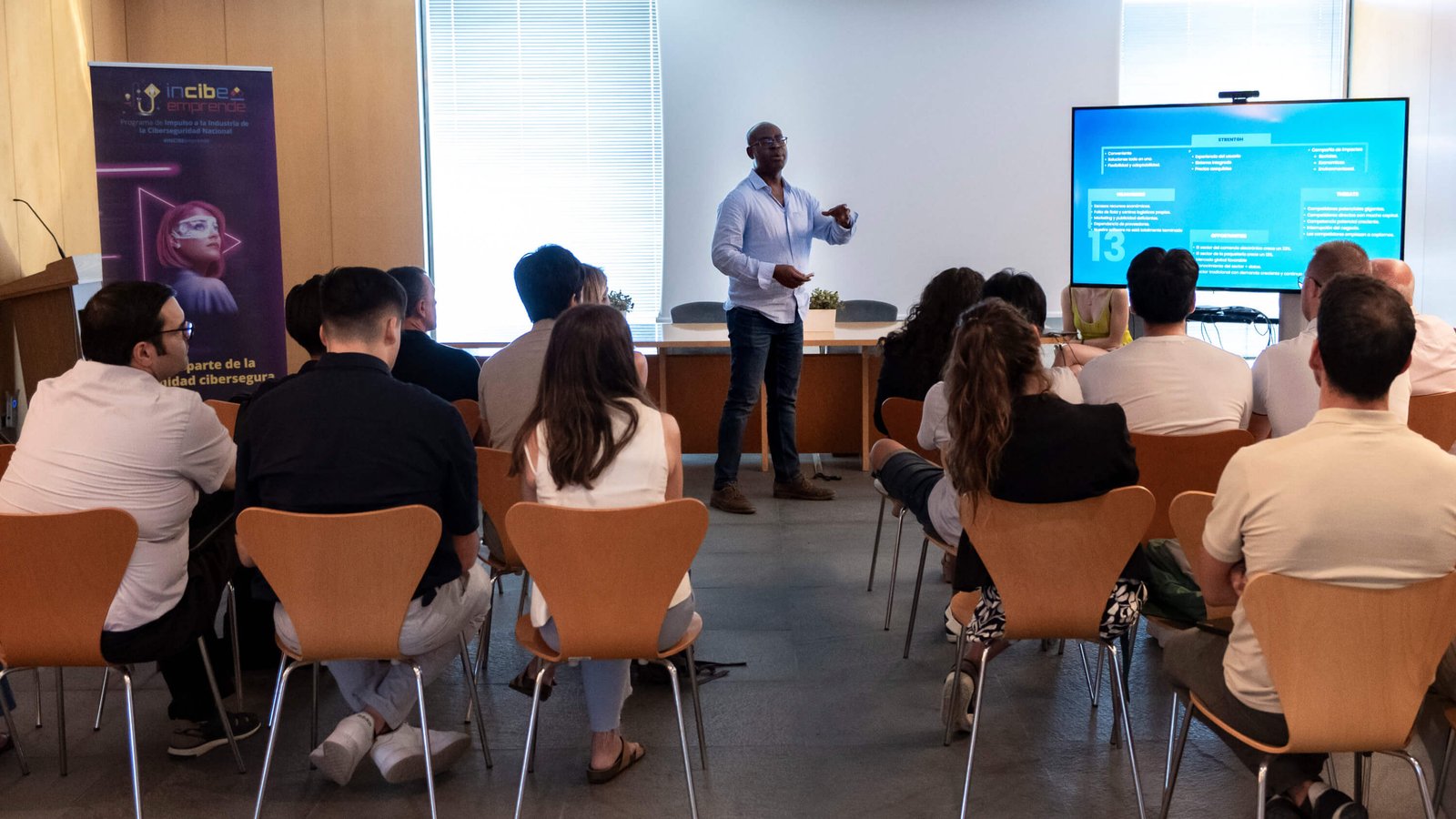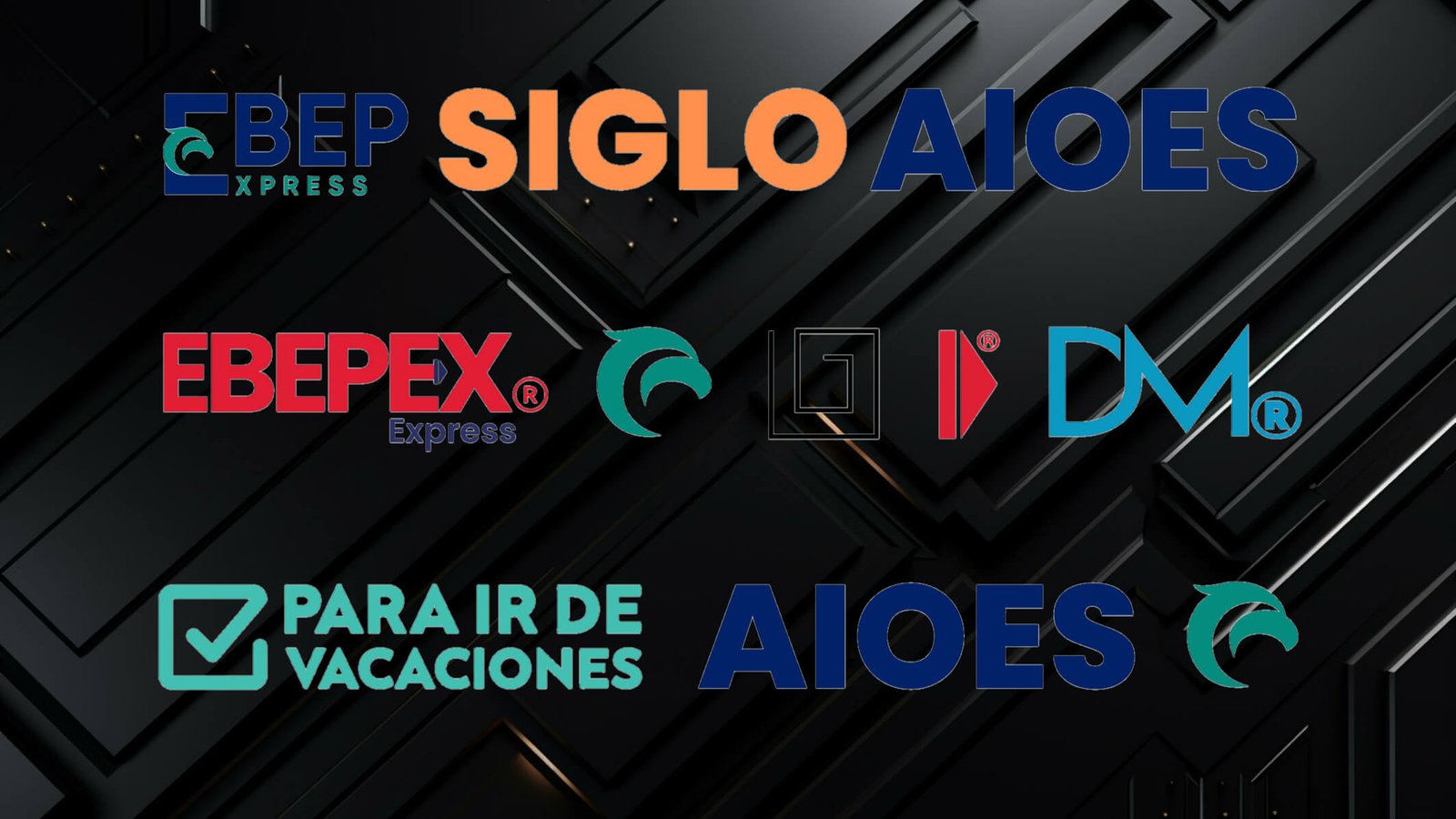Invest in the most innovative entrepreneurs and SMEs in Haiti and the diaspora

CIDEH supports, accelerates, and invests in Haitian SMEs, whether they’re in Haiti or in the diaspora. We’re committed to guiding them from their initial steps all the way to thriving in international markets. Our goal is to back the dreams of Haitian entrepreneurs who aspire to make a global impact.
JOIN AS MEMBER


